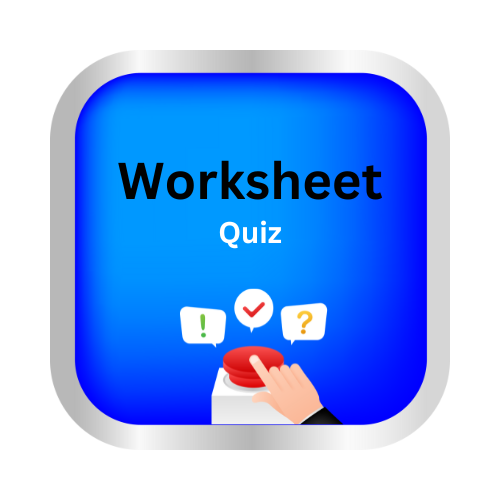Is it a complete sentence, a fragment, or a run-on?
key notes :
✏️Is it a Complete Sentence, a Fragment, or a Run-on?
| Complete Sentence ✅ |
- A complete sentence tells a whole idea.
- It has a subject (who or what) and a predicate (what the subject does).
- It starts with a capital letter 🅰️ and ends with a full stop (.), question mark (?), or exclamation mark (!).
Examples:
- 🐶 The dog is barking.
- 🌸 Flowers are blooming in the garden.
- ⚽ Do you like playing football?
| Sentence Fragment ❌ |
- A fragment is incomplete.
- It does not have a subject, a predicate, or both.
- It does not express a full idea.
Examples:
- 🐱 Running in the yard. ❌ (Who is running?)
- 🍎 In the basket. ❌ (What about the basket?)
- 🏠 Near the park. ❌ (What is near the park?)
💡 Tip: If you feel like “something is missing,” it’s probably a fragment!
| Run-on Sentence 🚨 |
- A run-on sentence has two or more complete sentences joined incorrectly.
- It needs a period (.), a semicolon (;), or a conjunction (and, but, or) to separate ideas.
Examples:
- 🐶 The dog is barking it wants food. ❌
- 🌞 The sun is shining we are going to the park. ❌
✅ Corrected:
- The dog is barking. It wants food.
- The sun is shining, and we are going to the park.
💡 Tip: If you see too many ideas crammed together without proper punctuation, it’s a run-on!
| 🎯 Quick Check! |
- Does it tell a complete idea? → ✅ Complete sentence
- Is something missing? → ❌ Fragment
- Are there too many ideas together? → 🚨 Run-on
Let’s practice!

